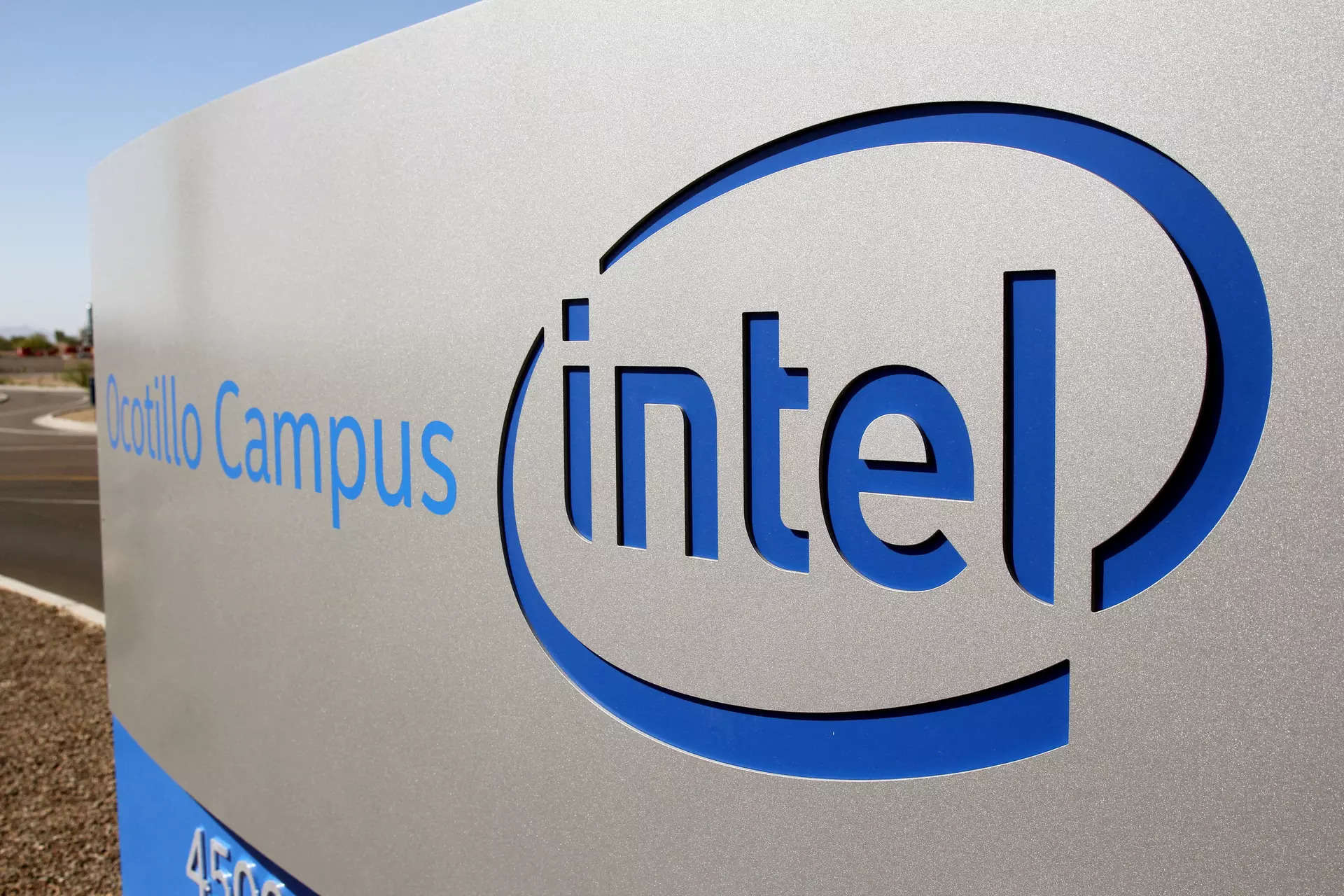[ad_1]
In an interview, Chief Executive Officer Pat Gelsinger said that the company’s core businesses of PCs and servers were hitting seasonal low demand at the same time as noncore businesses such as auto chip firm Mobileye. Intel no longer gives full-year financial forecasts, but Gelsinger said the company has $2 billion worth of orders for its AI chips and expects better sales later in the year.
“We see every quarter improving both year-on-year and sequentially and revenue and earnings as we go through the year.”
The chipmaker expects adjusted first-quarter revenue in the range of $12.2 billion-$13.2 billion, compared with analysts’ average estimate of $14.50 billion, according to LSEG data. Intel forecast first-quarter profit of 13 cents a share, excluding one-time items. Analysts expected 33 cents a share.
Heavy investments have toppled Intel’s gross margin, which fell to the mid-30s earlier in 2023, from prior highs of over 60%. Intel, however, mildly recouped with an adjusted gross margin of 45.8% in the third quarter. Intel reported a fourth-quarter gross margin of 48.8%.
“Investors are beginning to collect the bill from last year’s massive AI investments, and this is a clear message for the earnings season going forward. This means the company will need to shift its focus from the (personal computer) division and start delivering solid profits from data centers and AI – or else face further stock declines,” said Thomas Monteiro, senior analyst at Investing.com.
Analysts have proclaimed 2024 as a “make-or-break” period for Intel. They believe this will be the year that determines whether Intel actually stands to gain from the rollout of much- coveted artificial-intelligence PCs and its AI-enabling chips.
A shift in spending to AI data servers, dominated by rivals Nvidia and aspiring AI competitor Advanced Micro Devices, has sapped demand for traditional server chips – Intel’s core data center offering. Intel’s fourth-quarter data center revenue fell 10% to $4 billion.
“Intel is late to data center AI,” said Kinngai Chan, an analyst at Summit Insights. “We think this is impacting its first-quarter 2024 data center outlook.”
Intel is not yet competitive in the market for AI-specific chips, but the company’s central processing units (CPUs) are often used in conjunction with Nvidia’s AI chips. Gelsinger told Reuters that about a third of Intel’s server CPUs are now sold as part of AI systems, and that the company also expects more purchases of traditional servers this year.
“We’re past the worst of it,” Gelsinger said in an interview, referring to Intel’s server CPU business.
Intel’s self-driving technology unit, Mobileye, reported fourth-quarter revenue below estimates after warning of a pullback in orders from customers clearing inventory hurting its results this year.
In the conference call late on Thursday, Intel said it had won chip manufacturing business from a “significant high-performance computing customer” – a decision based on Intel’s U.S. factory capacity. Intel did not disclose the customer’s name.
Intel is one of the largest suppliers of PC chips by market share. Its weak forecast dampens hopes of the PC market recovering after some signs that the post-pandemic slump was over. Revenue in the client segment, which houses Intel’s PC business, gained 33% to $8.8 billion during the quarter. Company executives said Intel expects to ship 40 million AI-enabled PCs.
During the fourth quarter, shipments of PCs declined year-on-year for the eighth consecutive quarter, according to data from research firm Counterpoint.
Intel, which was once at the helm of the semiconductor industry as a leading chipmaker, has slumped in recent years. Under Gelsinger, turnaround efforts have amounted to a renewed focus on building manufacturing capabilities and advancing its semiconductor technology.
[ad_2]
Source link
